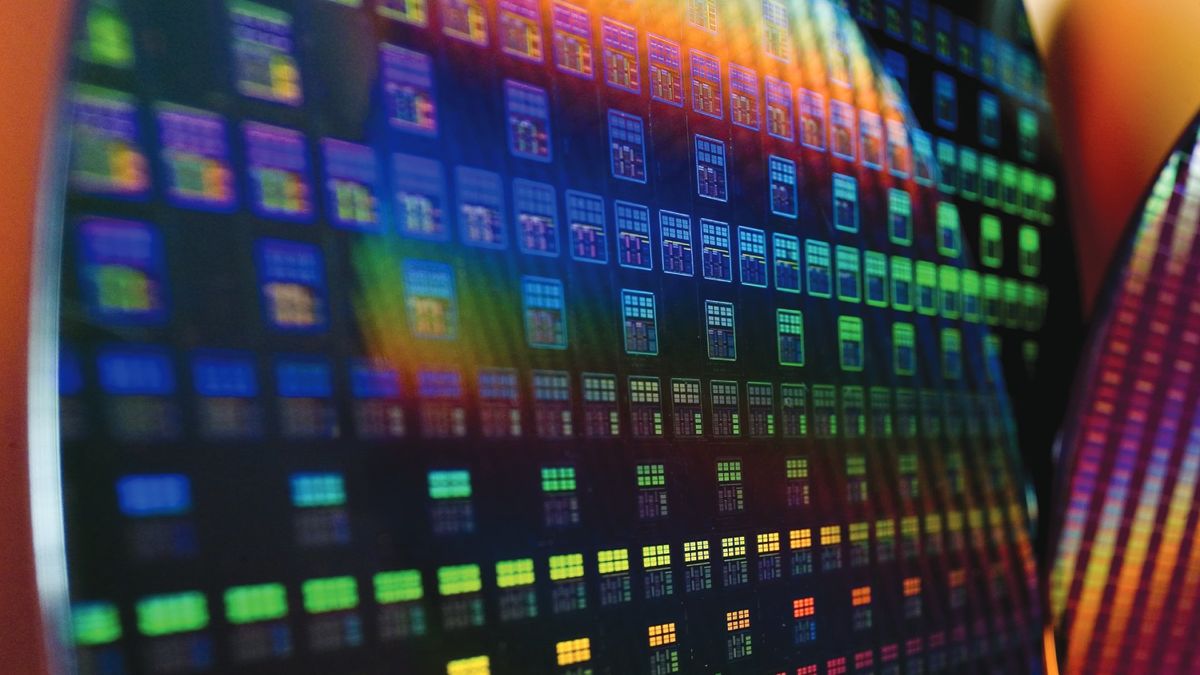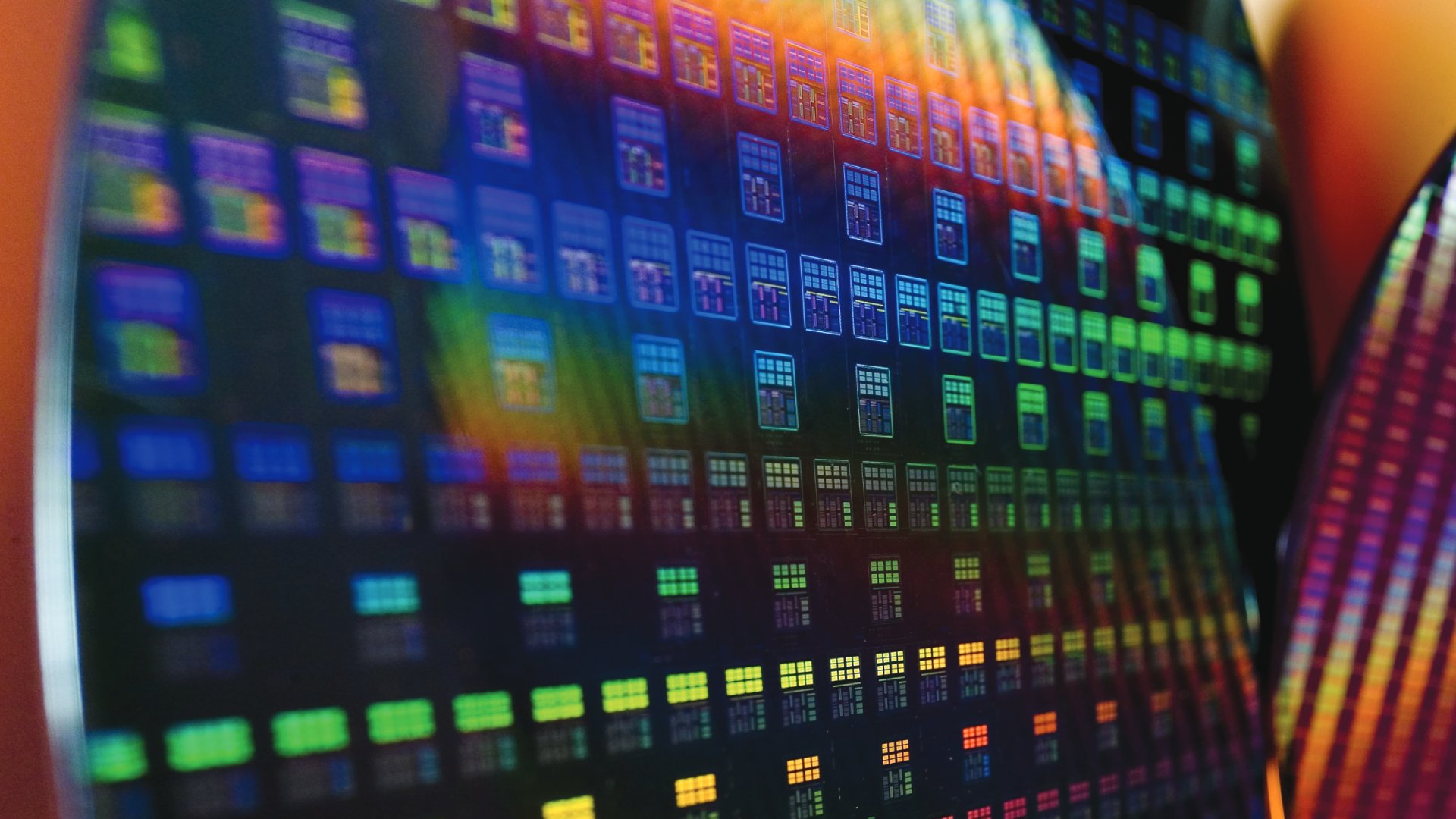TSMC’s next-generation 2nm silicon is reported to arrive later this year, but don’t expect PC chips to arrive until 2027 or later.


The continued viability of Moore’s Law is a matter of debate. But it looks like Taiwanese megafactory TSMC is determined to release new silicon no matter what. Latest reports claim that TSMC’s next-generation 2nm chipset, branded N2, will go into mass production later this year. However, it’s unlikely that we’ll see TSMC N2 chips in our PCs before 2026 at the earliest, and maybe even 2027 and beyond.
According to Chinese news site UDN, work on the N2 at TSMC’s Kaohsiung or northern plant is progressing better than expected, allowing the company to stick to its 2023 target and begin mass production later this year.
As always, Apple is expected to be the first customer for the new N2 node, although UDN claims Huida, Qualcomm and MediaTek and, wait for it, AMD could be early adopters.
However, before anyone expects N2 chips to be installed in their PCs in 2025, the timing is a little behind. As Dylan Patel of SemiAnaanalysis points out, even with mass production at the end of 2025, it will be some time before we see N2 chips in products we can buy.
“It takes about 14 weeks to make N2 wafers, consisting of thousands of steps, + a couple of months to assemble the packaging. The earliest product release date with N2 is ~Q2 2026,” notes Patel.
Of course, it’s also worth noting that neither AMD nor Nvidia are even using TSMC’s N3 node yet. Indeed, both companies are now busy releasing entirely new families of GPUs on the old N4 node, which is a development of N5 or 5nm silicon.
This is despite the fact that the Apple iPhone 15 Pro went on sale in September 2023 with N3 silicon, and since then TSMC has introduced two further versions of its 3nm node, known as N3E and N3P, the first of which is used in Apple chips M4 for MacBook and SoC A18 for iPhone.
In other words, we’re 18 months away from the first N3-based products and you still can’t buy anything with an N3 from AMD or Nvidia. Add 18 months to the mid-2026 forecast period for N2 products and you end up with late 2027 or 2028.
Of course, you can install TSMC N3 silicon on your PC. Intel uses it in both its Lunar Lake laptop chips and the new Arrow Lake. But the point is, even if chips with TSMC N2 silicon arrive in mid-2026, that doesn’t mean PCs will be flooded with them any time soon.
However, this is actually all good news. This means that PC GPUs, and let’s be honest, it’s GPUs in the first place that can really take advantage of the improved density of the new silicon nodes, two more new nodes will almost certainly arrive in time.
It seems highly likely that everything that follows Nvidia’s RTX 50 GPUs and AMD’s RDNA 4 chips will use TSMC N3 silicon, after which future generations can move up to N2.
TSMC does have a plan of action beyond N2. But when you consider that both AMD and Nvidia have used N5/4 for two generations of GPUs, that’s probably four more generations of faster GPUs before something more advanced than N2 is needed.
One final positive note while we’re at it is SRAM scaling. SRAM is a type of embedded memory, and for various reasons chip manufacturers have struggled to shrink SRAM bit cells to the same extent as logic gates.
If SRAM cannot be reduced, it undermines the overall density progress of a given new node. However, TSMC claims decent progress in terms of SRAM density for the N2, as opposed to the N3. All this means that we have a lot to look forward to when it comes to faster and more complex PC processors, at least for most of the next decade.

